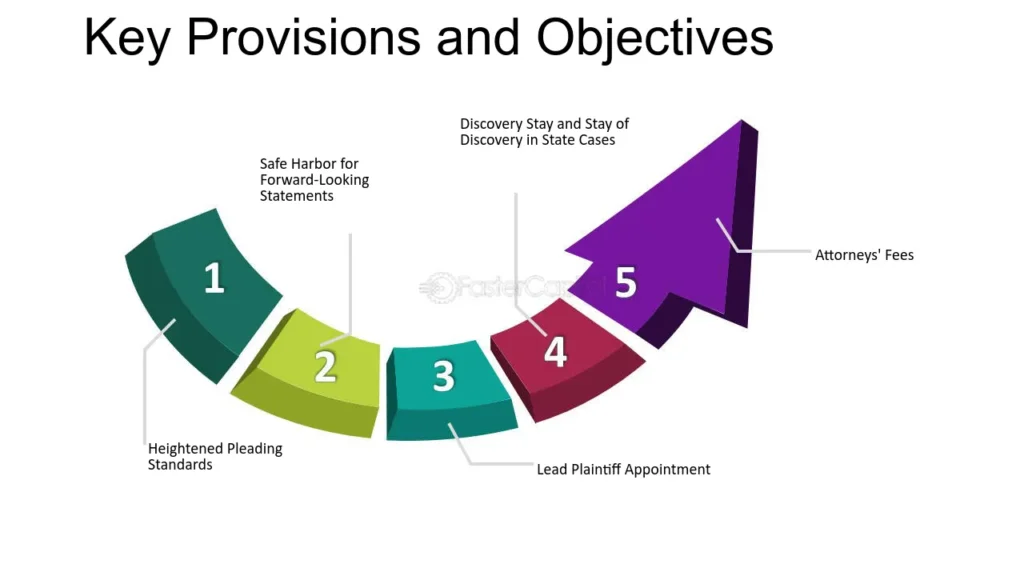Table of Contents

a country as diverse and expansive as India, ensuring fairness and transparency in trade practices is paramount. The Legal Metrology Act, 2009, serves as a cornerstone in this endeavor, establishing a framework that guarantees accurate measurements and protects consumer interests. This comprehensive legislation addresses various facets of commerce, from the calibration of weighing instruments to the labeling of pre-packaged goods, ensuring that both businesses and consumers operate on a level playing field.
Understanding the Sukanya Samriddhi Yojana: A Financial Gift for Your Daughter’s Future
1. The Genesis of Legal Metrology in India

The roots of legal metrology in India trace back to the Standards of Weights and Measures Act, 1976, which laid the foundation for standardized measurements across the nation. However, with the evolving market dynamics and the need for a more robust regulatory framework, the Legal Metrology Act, 2009, was enacted. This Act consolidated and updated previous laws, introducing stringent provisions to address contemporary challenges in trade and commerce.
2. Core Objectives of the Legal Metrology Act, 2009

The primary objectives of the Act are:
- Standardization of Measurements: Ensuring uniformity in weights and measures across the country.
- Consumer Protection: Safeguarding consumers from unfair trade practices related to inaccurate measurements.
- Regulation of Trade Practices: Establishing guidelines for the packaging, labeling, and sale of goods to prevent deceptive practices.
- Promotion of Fair Trade: Creating an environment where businesses can thrive without resorting to malpractices.
3. Key Provisions of the Act

a. Standardization and Calibration
The Act mandates the use of standardized weights and measures, calibrated at government-approved centers. This ensures that consumers receive the exact quantity of goods they pay for, be it in retail outlets or during service transactions.
b. Packaging and Labeling
Under the Legal Metrology (Packaged Commodities) Rules, 2011, every pre-packaged commodity must bear specific declarations, including:
- Name and address of the manufacturer or importer.
- Net quantity of the commodity.
- Month and year of manufacture or import.
- Maximum Retail Price (MRP), inclusive of all taxes.
- Country of origin, especially for imported goods.
These provisions aim to provide consumers with transparent information, enabling informed purchasing decisions.
c. Approval of Models
Before manufacturing or importing any weight or measure, businesses must obtain approval for the model from the Legal Metrology Department. This ensures that all instruments meet the prescribed standards and are fit for commercial use.
d. Prohibition on Unlicensed Activities
The Act prohibits the manufacture, repair, or sale of weights and measures without a valid license. This provision curtails the proliferation of substandard instruments that could lead to consumer exploitation.
4. Enforcement and Compliance Mechanisms

The enforcement of the Legal Metrology Act is carried out by the Department of Consumer Affairs, with state-level authorities overseeing compliance. Key mechanisms include:
- Inspections: Regular checks on businesses to ensure adherence to the Act’s provisions.
- Seizure of Non-Compliant Goods: Confiscation of goods that do not meet the prescribed standards.
- Penalties: Imposition of fines or imprisonment for violations, serving as a deterrent against malpractices.
5. Role of the Indian Institute of Legal Metrology (IILM)

Established under the provisions of the Legal Metrology Act, 2009, the IILM plays a pivotal role in:
- Training: Imparting specialized training to Legal Metrology Officers from across India and other countries.
- Research and Development: Engaging in the development of new standards and methodologies for measurement.
- Public Awareness: Conducting programs to educate the public and businesses about the importance of accurate measurements.
6. Digital Transformation and E-Commerce Compliance

With the rise of digital commerce, the Legal Metrology Act has been adapted to address challenges in the online marketplace. E-commerce platforms are now required to display essential product information, including MRP, country of origin, and net quantity, ensuring that consumers receive the same transparency as in physical stores.
7. Challenges and Future Directions

While the Legal Metrology Act has significantly contributed to fair trade practices, challenges remain:
- Technological Advancements: The proliferation of digital and smart devices necessitates continuous updates to measurement standards.
- Capacity Building: Ongoing training programs are essential to equip enforcement officers with the skills to handle emerging technologies.
- Public Awareness: Continuous efforts are needed to educate consumers about their rights and the importance of standardized measurements.
Conclusion
The Legal Metrology Act, 2009, stands as a testament to India’s commitment to fostering a transparent and fair marketplace. By ensuring accurate measurements and protecting consumer interests, the Act not only upholds the principles of justice but also promotes economic growth and consumer confidence. As the market continues to evolve, the Act’s adaptability and robust enforcement mechanisms will be crucial in addressing future challenges and maintaining the integrity of trade practices in India.
Legal Metrology







